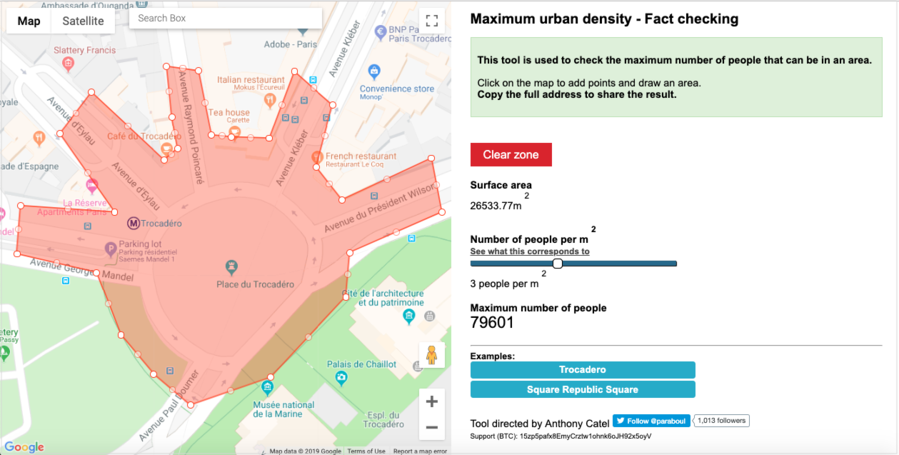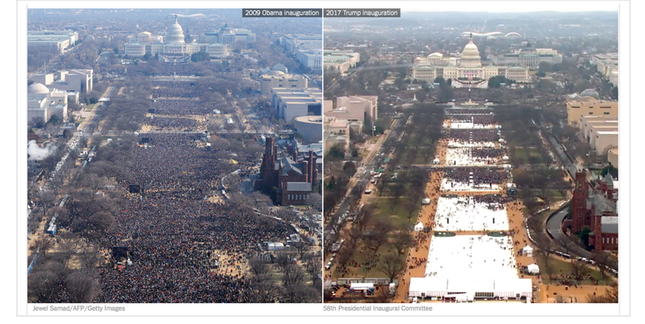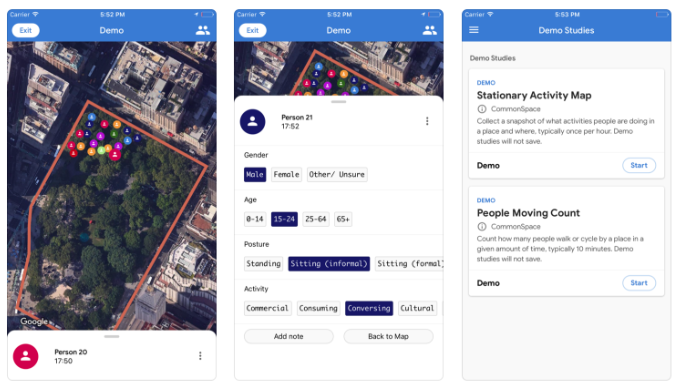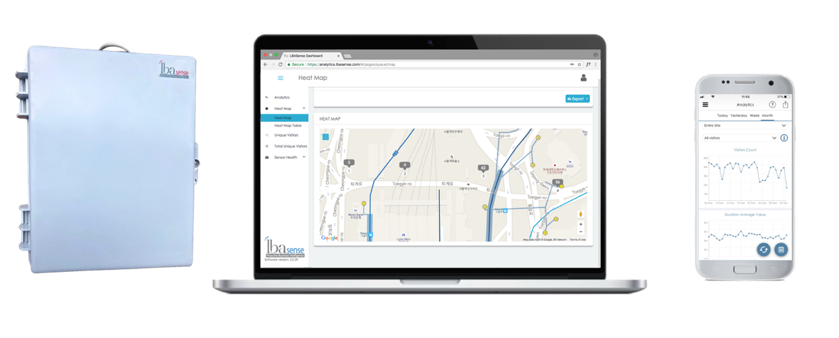This article is published in the White Paper category.
Public events such as outdoor art events, festivals or indoor promotional shows are very common in city centres, parks, shopping areas and even airports. However, as these are often free and non-ticketed, the challenge for organizers is to measure the effective popularity and Return on Investment (ROI) of these events.
Attendance is an indicator of an event’s popularity, hence measuring it means estimating its success. So, what are the main technologies available nowadays to analyse crowds in public spaces?
Manually counting the crowd by using a tally counter is a common technique used to count persons entering an event area or passing by in a city centre. Although the counting device is generally very cheap, it requires to hire someone to do the manual counting and results may be limited by poor visibility in combination with the high number of persons arriving at the same time, in addition to the possible human error factor.
Another technique is the Jacob’s Method: it consists in counting the number of persons standing in an imaginary zone and in multiplying the number of persons that can be included in this zone, by the size of the total event venue. The method is explained more in details by the British initiative eventImpacts, a project led by the Department for Culture, Media and Sport and tourism boards from Northern Ireland, Scotland, London, UK Sport and the Welsh Government.
Based on this concept, the French MapChecking team has developed an online tool to estimate the size of a crowd, mainly to verify the numbers announced by political leaders during political rallies.

Using aerial images, it is also possible to estimate the size of a crowd. This method has been implemented during American President Obama and Trump’s inauguration rallies, as shown by the work of Marcel Altenburg and Keith Still, crowd scientists at Manchester Metropolitan University in Britain.

For smaller events, in public areas such as parks or outdoor markets, sensors can be used to count people, based on video analytics or thermal imaging technologies, as done by the American Traf-Sys company. The main benefits of these systems include their complete passiveness, meaning that the crowd is not required to install any mobile app. Nevertheless, during free events, these sensors need to be placed at entry points where people will pass through, which may lead to deployment difficulties in open-air non-gated zones, such as in a town square, or in a specific zone in a building, like an airport or shopping mall.
CCTVs are also commonly used to monitor the movement of persons at events, as shown by the UK company Etherlive. In such a case, cameras need to be mounted all around the event, perhaps challenging in public outdoor areas for pop-up events and also possibly costly.
Focusing on “people watching” for sociological or urban development purposes in public spaces such as in parks, Google’s Sidewalk Labs has released a mobile application targeting researchers. Thanks to this beta tool called CommonSpace, surveyors should now be able to gather data electronically rather than on paper, saving a lot of time and improving results’ analysis.

Basing their work on behavioural analytics, without the need to allocate human resources to count people this time, researchers in Denmark have analysed crowds in a major European rock festival, the Roskilde Festival. By using 33 Bluetooth scanners, researchers were able to detect patterns among persons and areas, showing music tastes or decisions to avoid walking around in the festival and rather staying in a particular area during the entire event.
At DFRC, we have developed a special tool to help event organizers analyse the performance of their events and to measure the ROI. This tool is based on a portable battery-operated and waterproof mobile-phone detection system called Charge & Go.

Placed in the middle of the coverage zone, it allows to passively measure the number of people exposed to the event (i.e. who passed within a specific range from the event), the number of people engaged (stayed at least X minutes during the event), as well as the conversion rate (the ratio between people nearby and people that are exposed to the event). By adding the cost of the event to those parameters, it is possible to calculate the cost of customer acquisition which is the main KPI for comparison between events and ROI calculation.
For more information, please contact us.

Data team
Copyright © 2022 DFRC
43 Science Park Road #01-11 Rm 8, Singapore 117408